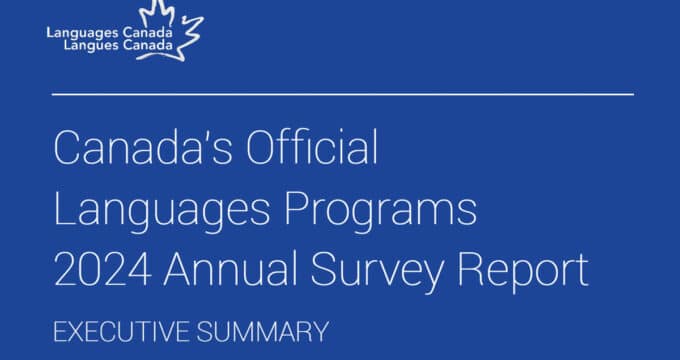New Zealand border exception will allow 1,000 international students to return this year
- Beginning in April, some international students already enrolled in tertiary education in New Zealand will be able to return to the country through a new border exception
- A total of 1,000 students will be allowed back in through this border exception through 2021 in stages so the country’s COVID isolation and quarantine system is not overwhelmed
- Eligible students must have been in New Zealand studying in 2019 or 2020 and must prove that they must be in the country to complete their degrees
Beginning in April 2021, the New Zealand government will welcome back 1,000 international students who found themselves outside of the country when New Zealand closed its borders due to COVID. The students will be allowed back into the country to resume their studies through what is being called a “border exception.”
The students will return to a variety of tertiary institutions from universities and polytechnics/institutes of technology to wānanga (public institutions that provide education in the context of Māori culture), and private training establishments.
In late-2020, the government also announced that 250 PhD and master’s students would be allowed to enter the country. These students are reported to be “confirming their visas” at this stage to be able to return.
Return in stages
The first intake will involve a maximum of 300 students in April, and subsequent groups will return in stages throughout the rest of the year in order to reduce strain on MIQ (managed isolation and quarantine) facilities. In decision-making about which students will be allowed to return, the government says that those closest to graduation will be given priority.
Otherwise, students interested in returning are being asked to contact their education providers. To be eligible for the border exception, students must demonstrate that they need to be in New Zealand to complete their degree and:
- Hold, or have held, a 2020 study visa;
- Be pursuing a bachelor’s degree or higher;
- Have been in New Zealand in 2019 or 2020 studying towards their current degree;
- Be going back to their current education provider in New Zealand to study.
Balancing safety and economic recovery
Education Minister Chris Hipkins said,
“This border exception delivers on a part of the recovery plan for international education. It underscores the Government’s commitment to the international education sector, which is important in the country’s long-term economic recovery from COVID-19. The students will return to New Zealand in phases, beginning with a cohort of 300 that will be able to return from April, with the remaining students returning throughout the year as MIQ availability allows.”
Minister Hipkins said as well that the decision does not conflict with the government’s top priority of keeping New Zealanders safe. “Within our safety-first framework, we also have a responsibility to carefully balance our decisions, to support New Zealand’s economic recovery …. “[Students] will be subject to the same border rules and quarantine regime as all other arrivals – with any additional restrictions depending on where they come from.”
The decision will allow higher education providers to “welcome back students who have made the greatest commitment to New Zealand,” he added.
The costs of returning
Returning students will also have to meet some additional financial obligations:
“They will need to book their space through the allocation system and will be billed the standard charges for managed isolation. They also need to be able to do more to support themselves in New Zealand, with the living expenses that are required for international students to be granted a visa now raised to NZD$20,000 – up from NZD$15,000.”
Industry reaction
Education New Zealand (ENZ) welcomed the announcement of the new border exception:
“We are very pleased to see the Government progress the safe return of international students to New Zealand. This is a good next step, and we look forward to welcoming more students as soon as the time is right.”
ENZ notes as well that, “Before the onset of COVID-19, international education was New Zealand’s fifth-largest export, contributing NZD$5 billion to the economy and supporting around 45,000 jobs.”
For additional background, please see:
Most Recent
-
The surging demand for skills training in a rapidly changing global economy Read More
-
US issues corrected student visa data showing growth for 2024 while current trends point to an enrolment decline for 2025/26 Read More
-
Survey finds US institutions expanding agency engagement and focusing on new student markets Read More


















